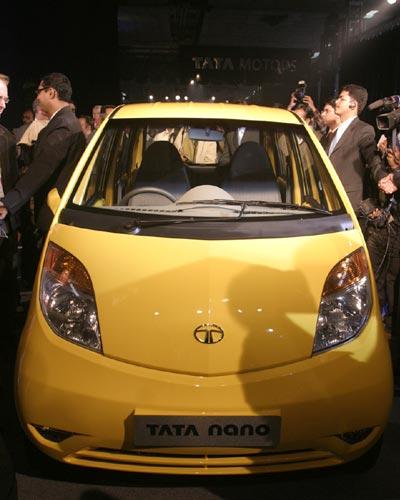| The housing board is taking up a project for the poor. K.A. MARTIN takes a look. |

The Kerala State Housing Board is taking another step to meet the housing requirements of the poor.
The Innovative Housing Scheme at Thrikkakara in Ernakulam, the foundations of which will be laid on Monday, is one having much relevance today.
Though a small step, the venture is expected to show the way for the real estate business, now going through a downturn.
As the global recession catches up with the housing and infrastructure sectors in the State, industry observers predict that the builders will adopt a volume-driven business, meaning that they will look to provide houses at affordable rates to the economically weaker sections.
The Union government and the Reserve Bank of India have acted in tandem to provide incentives to those taking housing loans up to Rs.20 lakh, revving up the market a little.
The housing board’s plan is to build 36 housing units for urban workers, especially those displaced by development projects.
The units will be leased out at affordable rates, with reservation for women and the poorest of the poor, says a board official here.
The project cost is just over Rs.1 crore, indicating that each unit will cost no more than Rs.5 lakh.
The building complex will come up on about 8,000 sq ft (18 cents) of land owned by the board close to the housing units it had sold out several years ago.
Nine units will be there on a floor, with each unit having 270 sq ft of space.
There will be a bedroom, a kitchen and a hall, suited to a small family.
The 33 per cent reservation for women will act as an example for future interventions on behalf of the poor by the State government.
The new venture has imbibed the spirit of the government’s housing policy, which aims to “promote sustainable and inclusive development of habitat in the state, with a view to ensure equitable supply of land, shelter and services at affordable prices for all groups in the rural and urban areas, with special focus on the needs of the poor, marginalised and the disadvantaged.”
The situation in Kerala, though better than in other parts of the country, requires urgent attention considering the recent developments in the real estate market, especially with regard to the spiralling prices of land.
The 2001 Census figures say 51.8 per cent of the households live in permanent houses and 30 per cent in semi-permanent houses at the all-India level.
In Kerala, the figures are 68 per cent and 21.6 per cent, respectively.
From the historic One-lakh Housing Scheme taken up in 1971 to the present, the State has been witness to several initiatives in providing housing solution to the poorest of the poor. The urgency with which housing requirements are addressed is evident from the multiplicity of agencies involved in the field.
The Kerala State Housing Board, the Kerala State Cooperative Housing Federation, the Kerala State Development Corporation for Scheduled Castes and Scheduled Tribes, the Scheduled Castes and Scheduled Tribes Development Department, the Rural Development Department and the local self-governments are involved in providing housing solutions to various sections of people.
The present government has promised to provide houses for all during its term and has specified that 10 lakh houses need to be urgently built, including seven lakh thatched ones.
The ‘EMS Sampoorna Parppida Padhathi’ (total housing project), initiated by the government, will build on the lessons learnt from the One-lakh Housing Scheme.
The government has identified two lakh households that do not have land. The District Collectors have been instructed to identify land for such families.
The affordable housing sector in the country have brighter prospects, with the Union government announcing that efforts would be made to provide zero-cost land for the economically weaker sections after the Model Real Estate Regulation Bill is brought into effect.
The Cabinet Committee on Economic Affairs has approved a plan to provide five per cent interest subsidy on loans up to Rs.1 lakh.
Interest subsidy totalling Rs.1,100 crore will be provided over the next four years to help build over three lakh houses for the poor.





